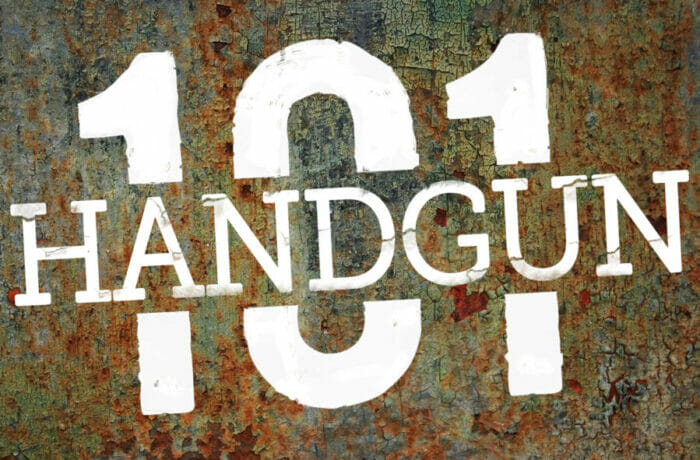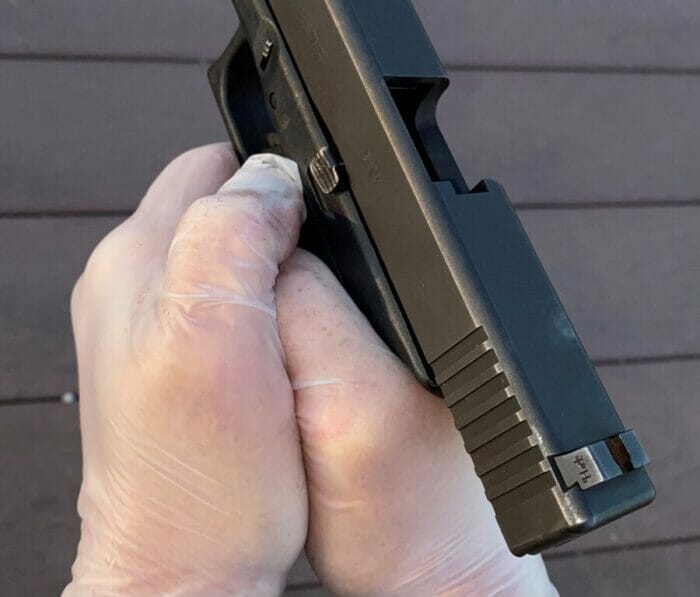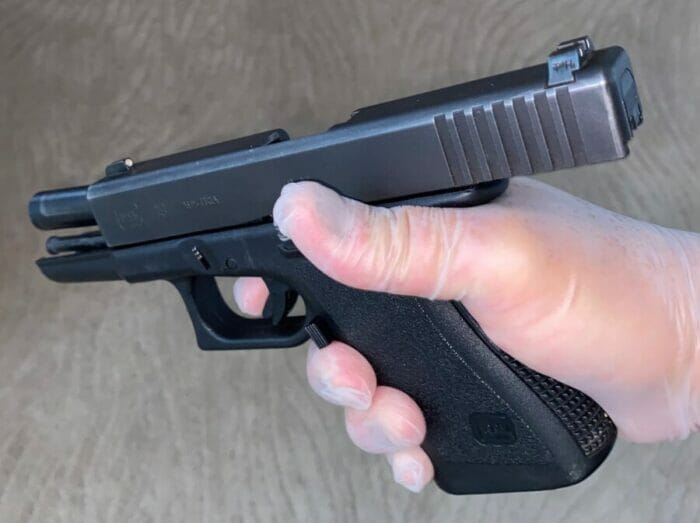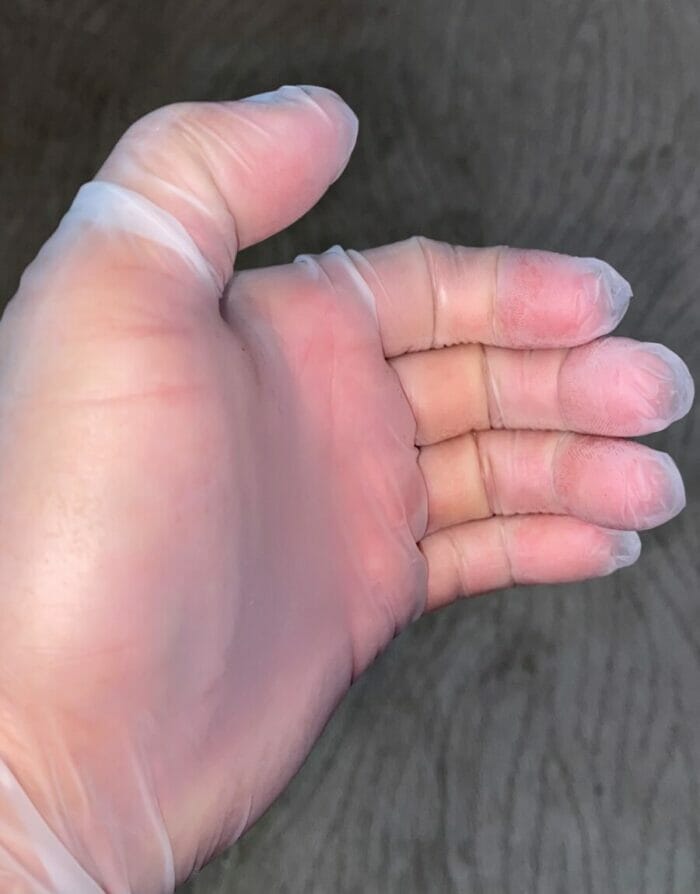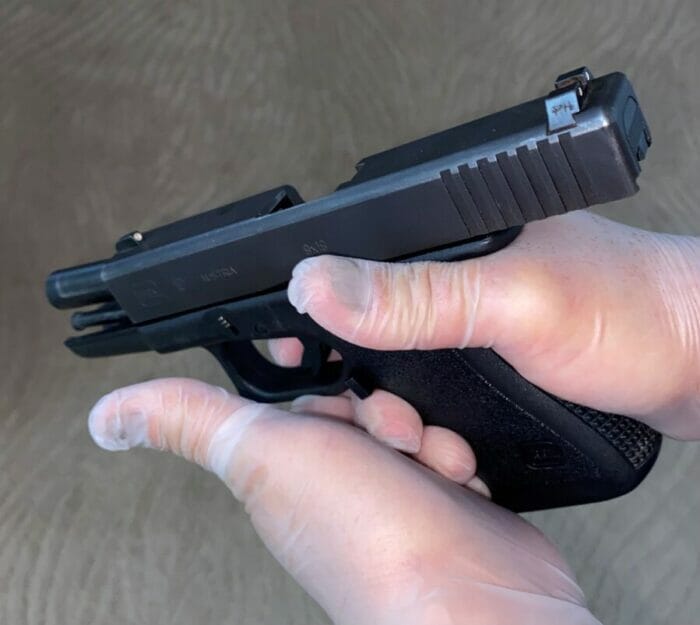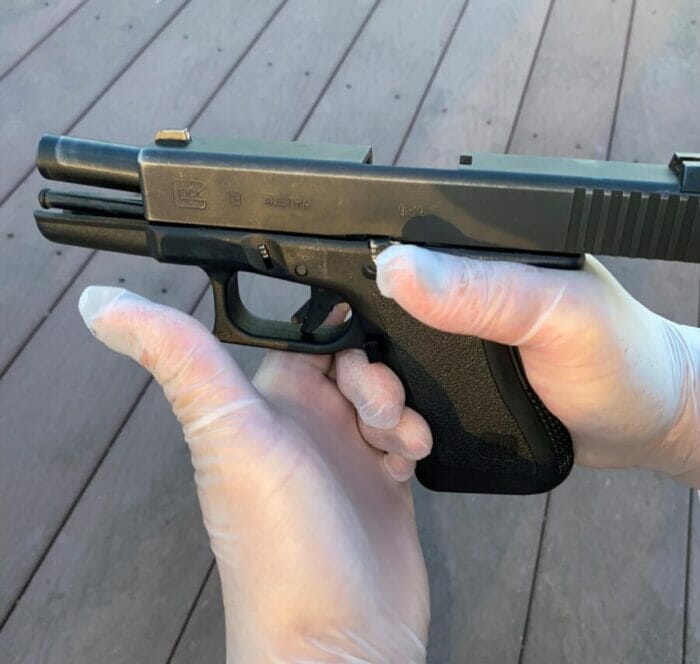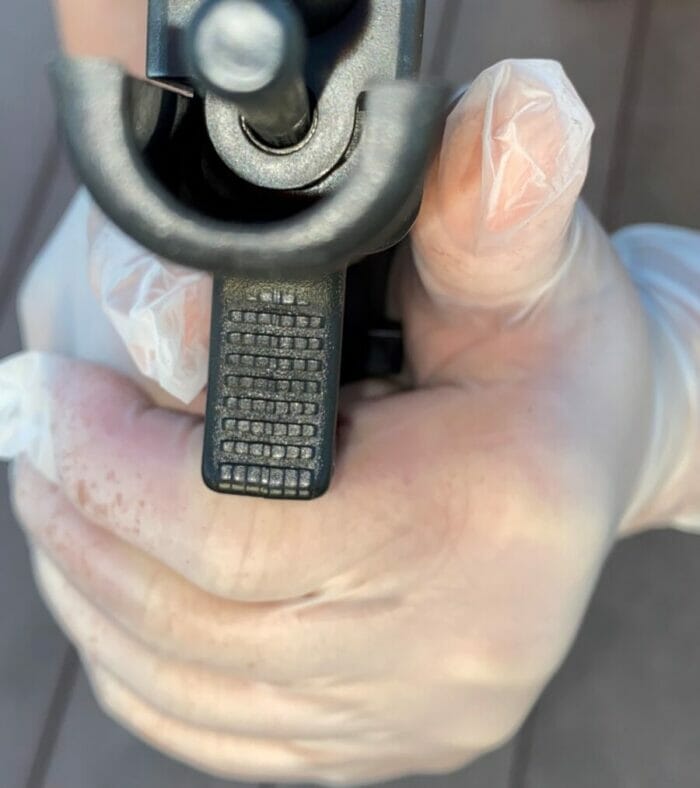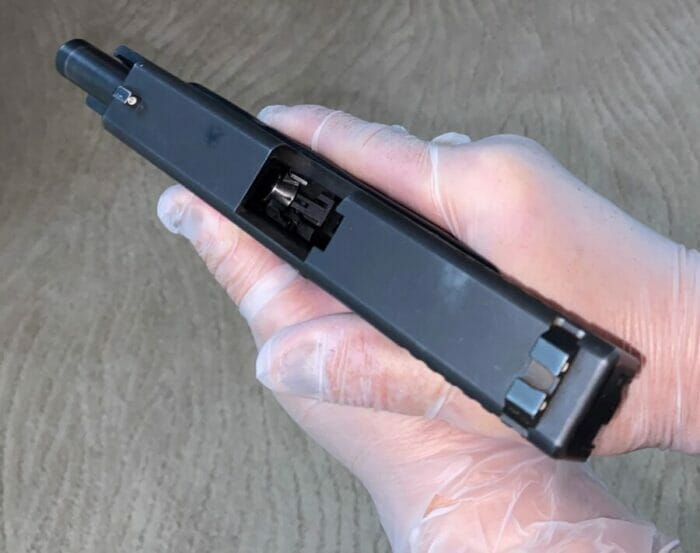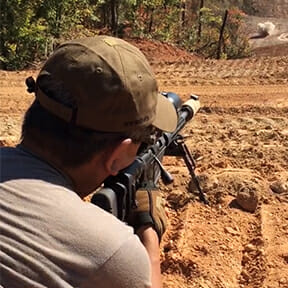Handgun Grip – The Knuckle Torque
I celebrated my twenty-first birthday with a purchase of my first handgun, a stainless, 2 1/2” Ruger Speed Six in .357 magnum, which I immediately gifted to my father as a thank you. I purchased the first handgun for me soon thereafter; a Gen 1 Glock 19. I estimate that I have fired over 50,000 rounds out of my Glock. It was stolen, found, and returned to me. I still have it and will never part with it again.
I learned to shoot handguns with my Glock and, at the risk of sounding too arrogant, got pretty good with it. I used the same grip I used for revolvers: Support hand thumb over strong hand thumb. Support hand over strong hand. There is a saying that goes, “if it ain’t broke, don’t fix it.” However, I also read about how Tiger Woods changed his golf swing to improve his game……
I subscribed to all the gun publications I could afford and the NRA magazine I received as a Life Member. It was in one of these publications several years ago that I read about the virtues of what was described as a combat grip. It explained how one should place the dominant thumb above the support thumb, with both thumbs pointing toward the target. The support hand is still aligned atop the dominant hand. The knuckles are pointed toward the target. I don’t remember whose article I read but thank you.
I discovered a small nuance when both hands meet to grip the handgun. Instead of simply having both hands meet equally, I discovered that torque to the handgun was stronger in both the front and back of the grip if I had the knuckles meet first then the meaty part of the support hand close on the grip. In other words, I was able to form a stronger grip if my strong hand knuckles met my support hand knuckles just before I closed the grip instead of having the palm of my hands meet first. Think of it as meeting the knuckles together first instead of your palms like a slap. I call it the “Knuckle Torque” when instructing others.
Another benefit of the Knuckle Torque is that it assists with the consistency of the grip when drawing the gun. I discovered that my grip became more consistent if I simply bent my support hand fingers at the knuckles to have a “pocket” for my strong hand knuckles to fit into as opposed to having an open support hand and then bending my fingers around the gun. With this technique, I don’t have to find the gun with my palms. I only had to bend my finger to create a pocket for my strong hand knuckles. Physics and muscle memory took care of the rest.
You will easily know if you are correctly implementing this grip style. First, you will feel as if you are gripping the handgun tighter even though you are not exerting any more grip strength than normal. Second, you will feel the torque pressure in the front and back of your strong hand. You will not feel any pressure on the sides of the gun. Third, you will discover that the meaty part of your palm below your support thumb somehow wedges tighter onto the handgun.
I have been teaching this technique at Bonding With Bullets in Utah for over a decade now, and it has helped each of the students who have had a weak grip. I hope it helps you.
Philip Pines enjoys everything outdoors with a special fondness of the freedoms and beauty of Utah and Texas.

